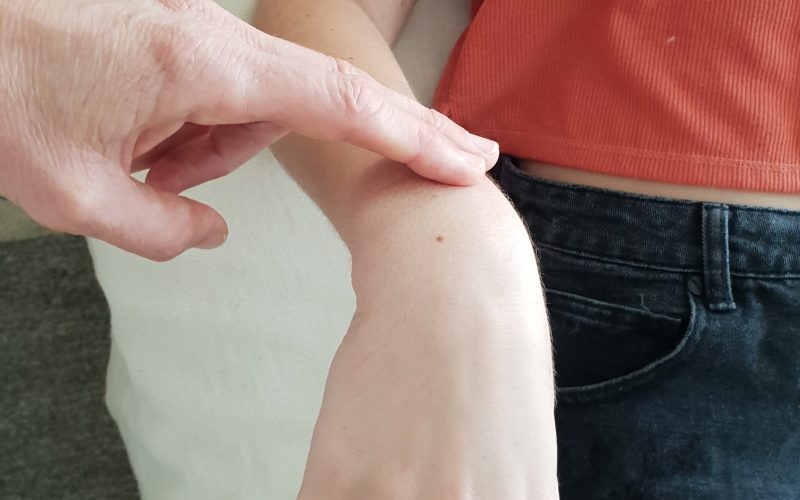Is This a Test to See How Much I’ve Been Working Out at the Gym?
If you avoid exercise like the plague, don’t worry—muscle monitoring doesn’t rely on the size, strength, or shape of your muscles. Functional kinesiology practitioners use this technique to gain unique insights into your body and situation, regardless of fitness level.
When asked to hold your wrist and meet the pressure applied, your brain commands the relevant muscles to “lock” your arm in position. This process mirrors how you instinctively hold a glass of water steady—your body knows exactly how much strength to use.
The Impact of Stress on Muscle Monitoring
If a stressor is introduced—whether physical, emotional, chemical, or mental—the muscle response is compromised, and the lock falters. This change is observed when your arm bounces slightly. The response occurs subconsciously, bypassing your logical mind and tapping into implicit memory, which records all life experiences, beliefs, and emotions.
By-Passing the Conscious Mind
Using muscle monitoring, practitioners bypass the conscious mind and engage with your subconscious. This allows them to uncover the root causes of issues or goals you’ve chosen to work on. It provides a direct line to deeply embedded patterns, thoughts, and emotional triggers.
Muscle monitoring information
Here is an example which show the levels of information that can be accessed through muscle monitoring as we dive down into more granular levels of detail:
System: Nervous System
Organ: Brain
Tissue: Hippocampus Epithelium (inner surface)
Organelle: Nucleus
Chemical Compounds: Neurotransmitters
Elements: Carbon
Tailored Healing with Muscle Monitoring
This technique also helps identify underlying attitudes, emotions, or belief systems associated with the issue. Research by authors like Bruce Lipton and Louise Hay shows that emotions affect the physical body, potentially leading to dis-ease. Once the necessary information is uncovered, practitioners use muscle monitoring to identify the most effective techniques for healing, such as acupressure, sound therapy, flower essences, or other methods.
For Scientific Minds
The scientific summary from Energetic Kinesiology – Principles and Practice by Dr. Charles Krebs and Tania O’Neill McGowan explains muscle monitoring:
• Pressure Stimulates Reflexes:
Applying pressure activates spinal reflexes and sends sensory information to subconscious brain areas like the cerebellum and thalamus.
• Neurological Locking:
When sufficient neurological flow between the brain and muscle occurs, the muscle locks and maintains its position.
• Unlocking the Muscle:
If stressors inhibit this flow (via spindle cells, tendons, joint sensors, or emotional centers), the muscle unlocks, causing the position to falter despite conscious effort.
Summary
Muscle monitoring isn’t about physical strength—it’s a tool for revealing deep-seated patterns and tailoring healing sessions to your specific needs.











